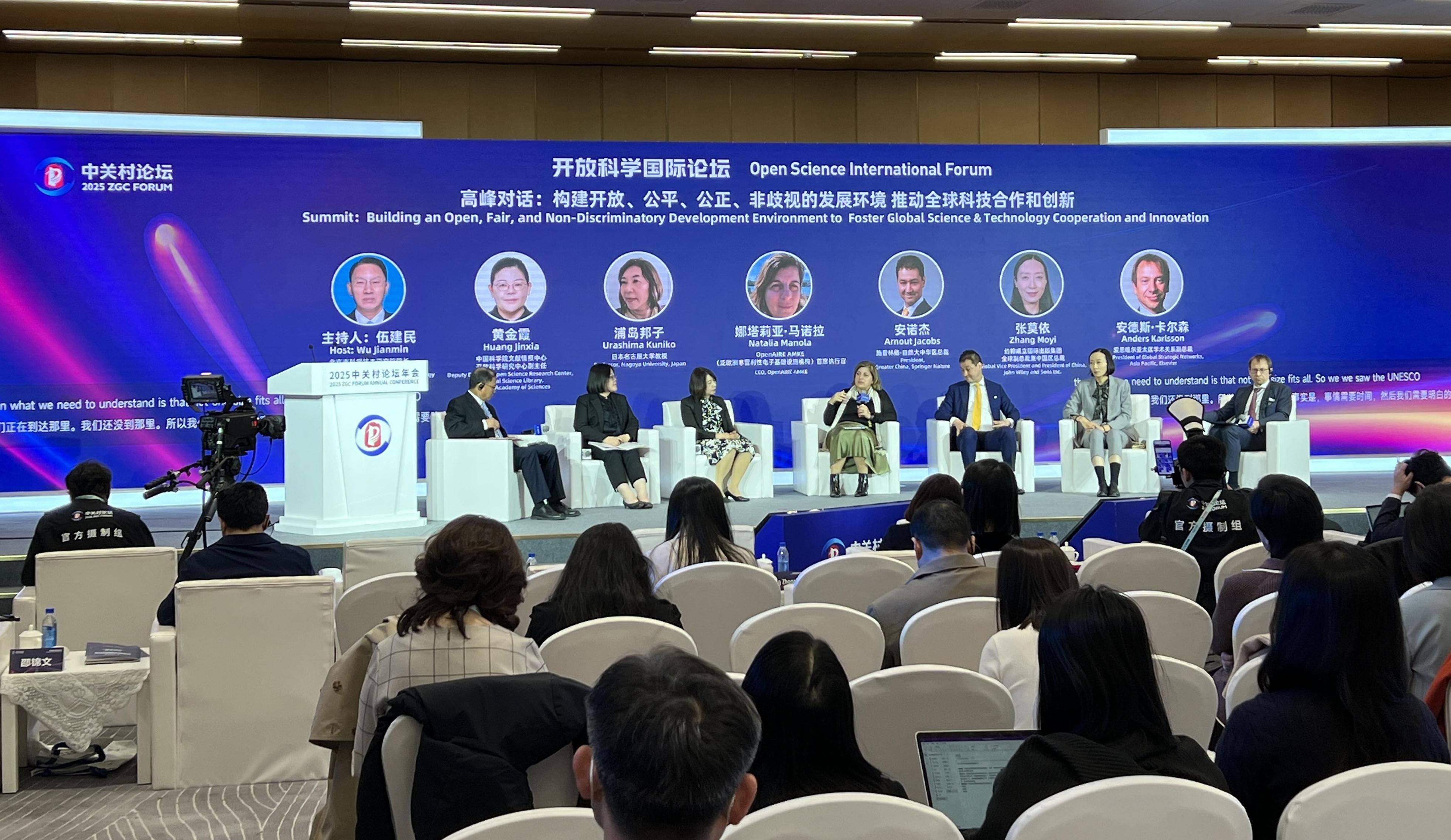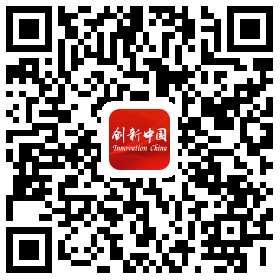Home-developed Gasfield Yields High Production
Deep Sea No. 1, China's first independently developed ultra-deepwater gasfield, has recorded a cumulative natural gas output exceeding 10 billion cubic meters and over one million cubic meters of condensate oil. In 2024 alone, the field produced more than 3.2 billion cubic meters of natural gas, marking the third consecutive year of annual production surpassing three billion cubic meters.
This sustained high-level production is attributed to significant advancements in deepwater drilling and completion technologies. According to Li Zhong, chief engineer at the China National Offshore Oil Corporation (CNOOC) Research Institute, the success of Deep Sea No. 1 signifies China's mastery of independent design and efficient operational capabilities for 1,500-meter-class deepwater development wells.
The second phase of the project achieved breakthroughs in drilling and completion technologies for high-pressure, large-displacement development wells at depths of 1,000 meters. These advancements addressed multiple technical challenges, including safe drilling in complex deepwater wells, wellbore integrity, reservoir protection, efficient sand control, and intelligent completion, elevating China's deepwater drilling and completion technologies to an advanced international level.
Discovered in 2014, Deep Sea No. 1 is located approximately 150 kilometers from the city of Sanya in the South China Sea and operates at a maximum water depth exceeding 1,500 meters, with its wells reaching depths of over 5,000 meters. Formation temperatures can reach up to 138 ℃, and pressures surpass 69 megapascals — equivalent to 1,000 times the working pressure of a household pressure cooker. These conditions make it China's deepest, highest-temperature, and highest-pressure self-developed deepwater gasfield to date, presenting significant exploration and development challenges.
At the time of its discovery, China had limited experience in deepwater well operations, and the high economic thresholds posed significant challenges. To solve these issues, Li and his team established a deepwater development drilling and completion design technology system, forming an integrated design capability for 1,500-meter-class deepwater oil and gasfield development drilling and production.
For the second phase, Li's team successfully addressed core technical challenges in drilling and completion, achieving high-quality design and cost reductions in both time and expenses, laying a solid technical foundation for deepwater high-pressure gas field development.
The success of Deep Sea No.1 signifies China's deepwater drilling and completion design capabilities have reached internationally advanced levels, comparable to operations in global deepwater regions such as Brazil, the Gulf of Mexico, and Guyana. This provides robust technical support for independent exploration and development of deepwater oil and gas resources in the South China Sea.
In recent years, with CNOOC's global deepwater business expansion, oil and gas exploration and development have shifted from being resource-driven to technology-driven. Li notes that prior to the exploration and development of Deep Sea No. 1, there was no precedent in China for independently developing ultra-deepwater gasfields. Starting from scratch, CNOOC's deepwater drilling and completion technology team overcame numerous technical challenges, establishing a deepwater high-temperature, high-pressure drilling and completion technology system and talent cultivation framework.
Looking ahead, CNOOC plans more deepwater oil and gas development projects, aiming to sustain growth in domestic deepwater oil and gas production. The company also intends to leverage the Deep Sea No. 1 energy station as a comprehensive deep-sea scientific research experimental platform, contributing greater value to the development of new quality productive forces in the marine energy sector.







